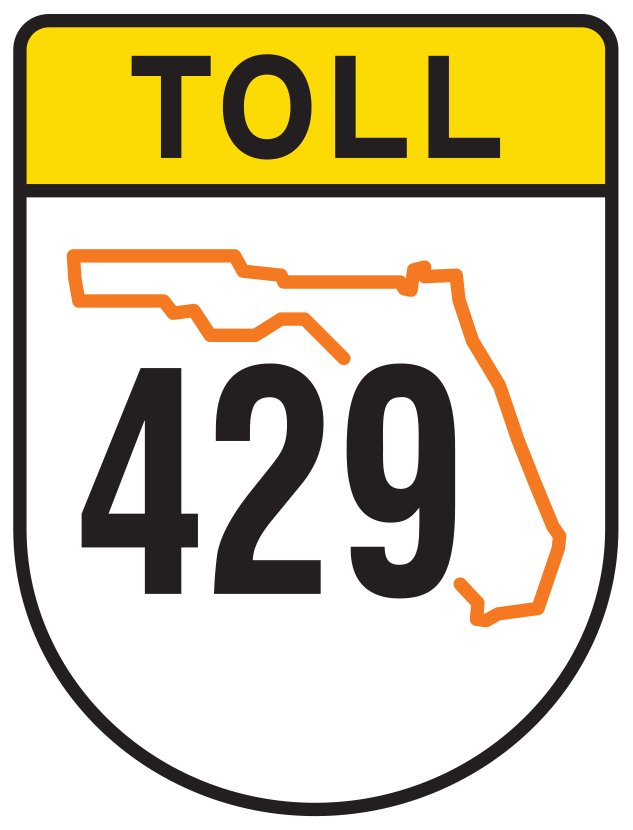Commentary: Let’s put our roads to work as energy, revenue generators
By Sean Parks
Transportation has been tied to economic opportunity since the beginning of human history. But what if we were able to flip the value proposition of infrastructure on its head? Imagine if we could reduce the cost of infrastructure to commuters and, instead, leverage our highways to become a source of revenue for our communities. After visiting the Ray, a living laboratory found on Interstate 85 in rural Georgia, I am compelled to help change the conversation from “How do we fund infrastructure?” to “How do we use our roads as a tool to create more resilient, sustainable and prosperous communities?”
After a compelling presentation by the Ray’s executive director, Allie Kelly, at TEAMFL’s annual meeting in Orlando, (TEAMFL is the Transportation Expressway Authority Management of Florida) I traveled with Central Florida Expressway Authority Executive Director Laura Kelley to explore this innovative testing ground near the Georgia-Alabama line.
Named for the late visionary and businessman Ray C. Anderson, the Ray calls for us to reimagine the way we connect our communities, our lives and our world. A legacy project in both name and purpose, the Ray is bringing the future of transportation infrastructure to life through partnerships that unite the private and public sectors and test how we measure the outcomes for success in sustainable development.
As green technology becomes more sophisticated and cost-effective, our roads and the adjacent right of way should serve a far greater purpose than simply moving people and products from Point A to Point B. For example, two of the pilot projects installed on the Ray are poised to position highways as revenue-generating energy producers by generating electricity through solar panels on the roadway and solar installations in the right of way.
The Ray also looks at how to maximize the land around interstates as an agricultural resource by integrating farm and garden pilots with the potential to produce revenue, improve fuel efficiency and create new habitats for various pollinator species. If integrated into future roadway projects like the proposed Lake-Orange Parkway in Wellness Way, these pilots could be valuable in communities with agricultural roots — like many found in areas across Central Florida.
How do we change the conversation to make our roadways more sustainable while also creating new sources of revenue for our communities? As the Lake County representative for the Governing Board of the Central Florida Expressway Authority and a voting member of TEAMFL, and the Lake Sumter Metropolitan Planning Organization, I see an incredible opportunity to bring a region known for innovation and economic opportunity into the national spotlight for its approach to infrastructure development.
Our ability to forge effective partnerships was a contributing factor to Orlando being recognized as a testing ground for connected and autonomous vehicles. This designation makes Central Florida a great fit to build upon the lessons learned on the Ray and recruit corporate partners with the funding needed to make our roads among the most sustainable in the nation.
This article was originally posted in the Orlando Sentinel on June 7, 2018.
Sean Parks represents District 2 on the Lake County Board of County Commissioners, and serves as the county’s representative on the Central Florida Expressway Authority’s Governing Board.














